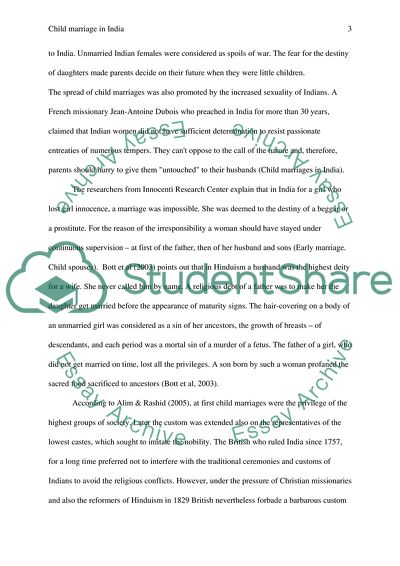Cite this document
(Child Marriage in India Essay Example | Topics and Well Written Essays - 1250 words, n.d.)
Child Marriage in India Essay Example | Topics and Well Written Essays - 1250 words. https://studentshare.org/sociology/1850848-child-marriage-in-india
Child Marriage in India Essay Example | Topics and Well Written Essays - 1250 words. https://studentshare.org/sociology/1850848-child-marriage-in-india
(Child Marriage in India Essay Example | Topics and Well Written Essays - 1250 Words)
Child Marriage in India Essay Example | Topics and Well Written Essays - 1250 Words. https://studentshare.org/sociology/1850848-child-marriage-in-india.
Child Marriage in India Essay Example | Topics and Well Written Essays - 1250 Words. https://studentshare.org/sociology/1850848-child-marriage-in-india.
“Child Marriage in India Essay Example | Topics and Well Written Essays - 1250 Words”. https://studentshare.org/sociology/1850848-child-marriage-in-india.


